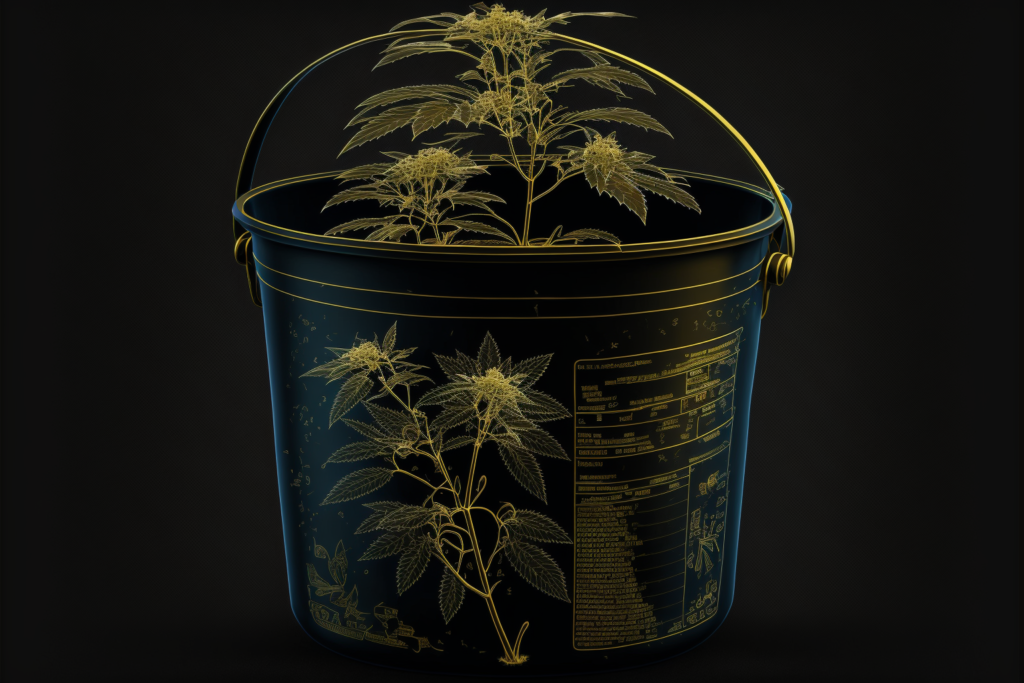At present, there are many modern farming techniques that help farmers improve their crop yields and the overall quality of their produce. One of these methods is hydroponics, which involves growing plants without soil. With hydroponics, plants are grown in nutrient-rich water solutions, making it a highly efficient and environmentally friendly way of growing crops.
Hydroponics is becoming increasingly popular among farmers, especially those in urban areas where land is scarce. With hydroponics, farmers can grow a variety of crops, including vegetables, fruits, and herbs, all year round. Additionally, hydroponics has many benefits over traditional farming techniques.
Advantages of Hydroponics
- Water Conservation
In hydroponics, water is reused, reducing the amount of water needed to grow crops. Compared to traditional farming, hydroponics saves up to 90% of the water used.
- Better Crop Yields
Hydroponic plants grow faster and produce higher yields compared to traditional farming. This is because hydroponics allows farmers to control the nutrients and growing conditions of the plants.
- Pest and Disease Control
Hydroponics significantly reduces the risk of pests and diseases affecting crops. By eliminating soil and using sterile solutions, hydroponics eliminates the need for harmful pesticides and herbicides.
- Space Efficiency
Hydroponics requires less space than traditional farming, making it ideal for urban areas. Hydroponic systems can be set up vertically, maximizing the use of space.
- Environmental Sustainability
Hydroponics is a sustainable and environmentally friendly method of farming. By reducing the use of harmful chemicals and water, hydroponics helps to protect the environment and conserve natural resources.
Types of Hydroponic Systems
There are several types of hydroponic systems available, each with its unique advantages.
- Deep Water Culture (DWC)
DWC is one of the most popular hydroponic systems. In DWC, the plant roots are suspended in nutrient-rich water, allowing for fast growth and high yields.
- Drip Irrigation System
The drip irrigation system involves dripping nutrient-rich water onto the plant roots. This system is ideal for larger plants and can be automated for easier maintenance.
- Nutrient Film Technique (NFT)
NFT involves flowing nutrient-rich water through a narrow channel, allowing the roots of the plants to grow directly into the water. This system is ideal for smaller plants and herbs.
- Aeroponics
Aeroponics involves suspending the plant roots in the air and misting them with nutrient-rich water. This system allows for maximum oxygen exposure, resulting in faster growth and higher yields.
Conclusion
Hydroponics is an innovative and sustainable farming method that offers many advantages over traditional farming techniques. With hydroponics, farmers can grow a variety of crops in a space-efficient and environmentally friendly way. Moreover, hydroponics offers many benefits over traditional farming, including better crop yields, water conservation, and pest control. With the increasing demand for sustainable and efficient farming methods, hydroponics is undoubtedly the future of agriculture.

The Holy Grail of Hydroponics
Are you looking for a more efficient and cost-effective way to grow your plants? Look no further than Bottleponics! This innovative hydroponic system combines the benefits of deep water culture and ebb and flow systems to provide your plants with the perfect balance of water, nutrients, and oxygen.
With Bottleponics, you can grow your plants using minimal growing media in small containers, such as 1-gallon buckets. This can be especially useful if you work with limited space, such as in a grow tent. Using a pump and irrigation tubing allows the nutrient solution to be circulated and aerated, which can benefit plant growth. Additionally, the roots having direct access to air can help prevent common issues such as root rot. At the same time, using smaller containers can be more cost-effective than larger containers or blocks of growing media.
One of the most significant advantages of Bottleponics is its versatility. This system can be easily adapted to fit your growing needs and goals, whether you are a beginner or an experienced grower. So why wait? Give Bottleponics a try and see the excellent results for yourself!
